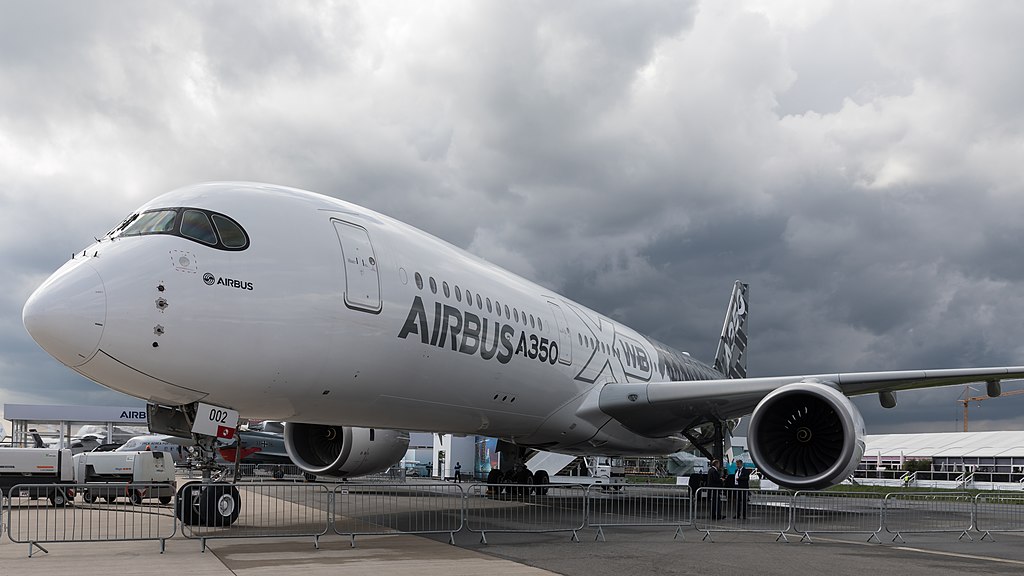
Photo: Matti Blume|wikimedia commons
As per the Merriam-Webster Dictionary “Widebody aircraft is a large jet aircraft characterized by a wide cabin”. To be more specific, widebody aircraft have a wide fuselage that can carry two distinct passenger aisles and have a fuselage diameter between 5.4–7.1 meters.

Photo: (Official White House Photo by Shealah Craighead)| Wikimedia Commons
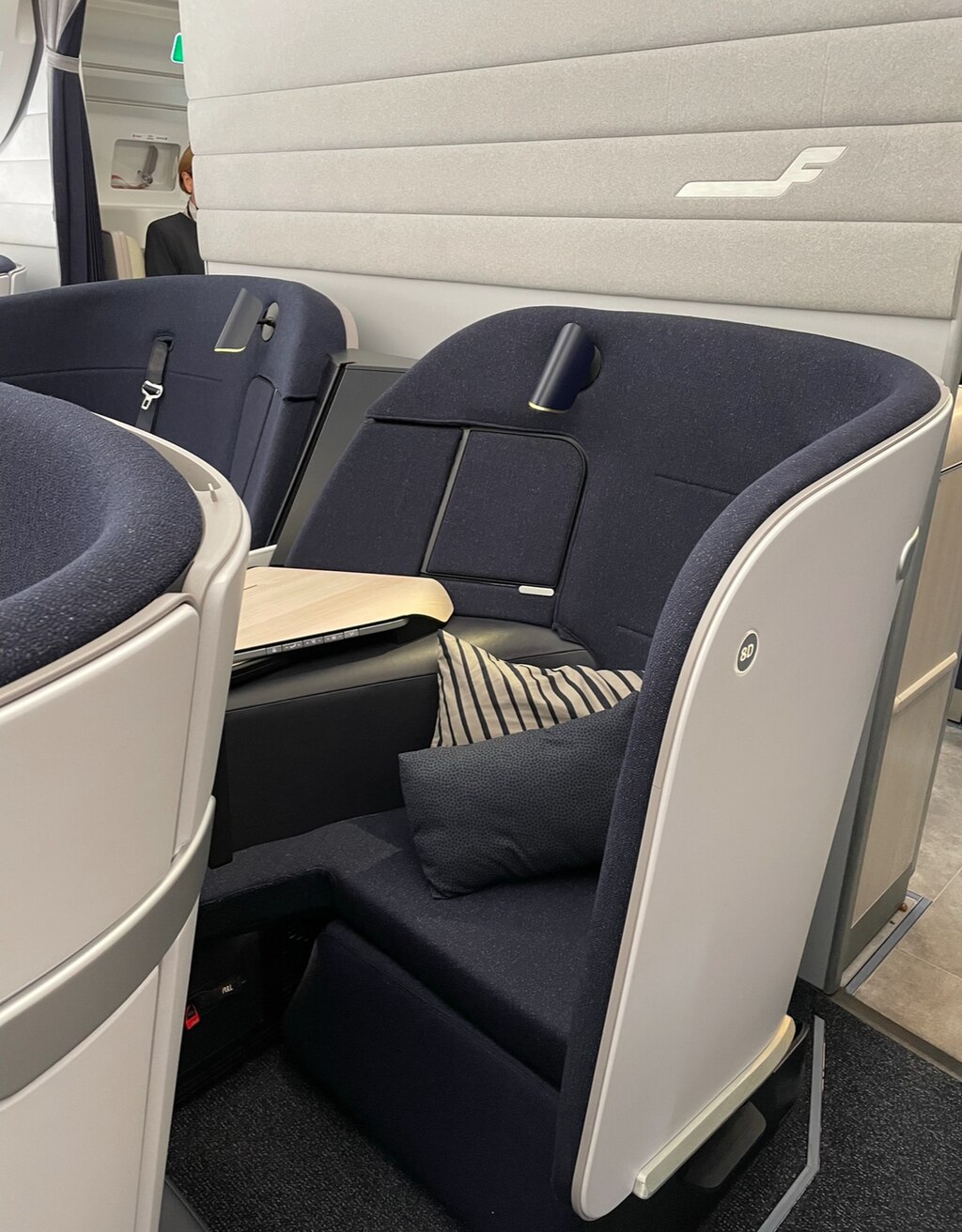
Photo:Jaakko.kulta|Wikimedia commons
In a wide-body aircraft, Economy Class typically has 7–10 seat columns arranged in 2 x 3 x 2, 3 x 3 x 3, or 3 x 4 x 3 configurations, with two aisles separating three blocks of seats. Higher cabin classes have fewer seats for more space and comfort.
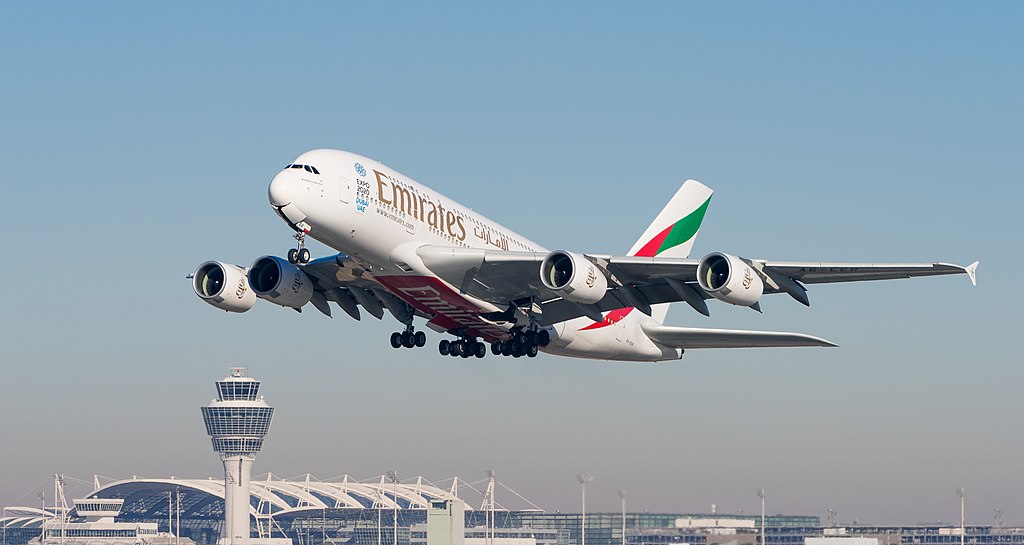
Photo: Julian Herzog |Wikimedia Commons
With a wingspan of 261.8 feet, a length of 238.5 feet, and a height of 79.1 feet, the Airbus A380 is the largest passenger plane in the world. This widebody can carry more than 850 passengers while the largest narrowbody can carry 300 passengers in maximum.
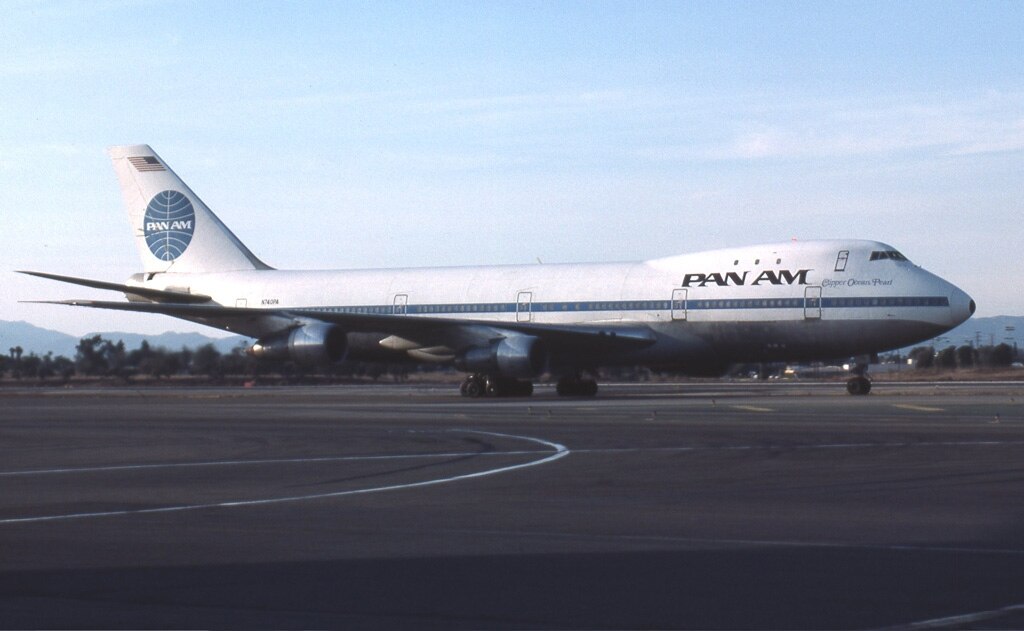
photo: Jon Proctor |Wikimedia Commons
The Boeing 747-121 which was launched in 1960 was the first widebody aircraft. It was capable of carrying 539 passengers. It was the only wide-body aircraft of that time.
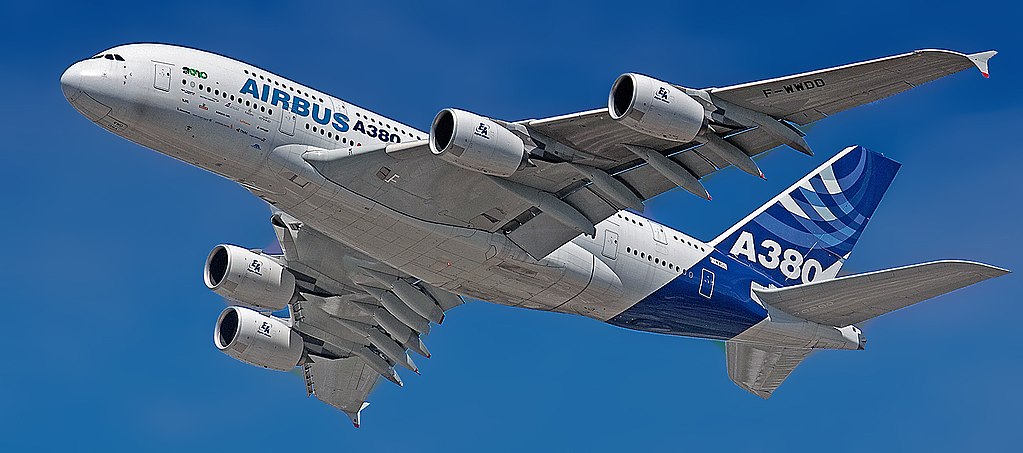
photo: Roger Green |Wikimedia Commons
The Airbus A380, the world’s only two-decker aircraft, is powered by four Engine Alliance GP7200 or Rolls-Royce Trent 900 turbofans, each producing 332.44–356.81 kN (74,740–80,210 lbf) of thrust.
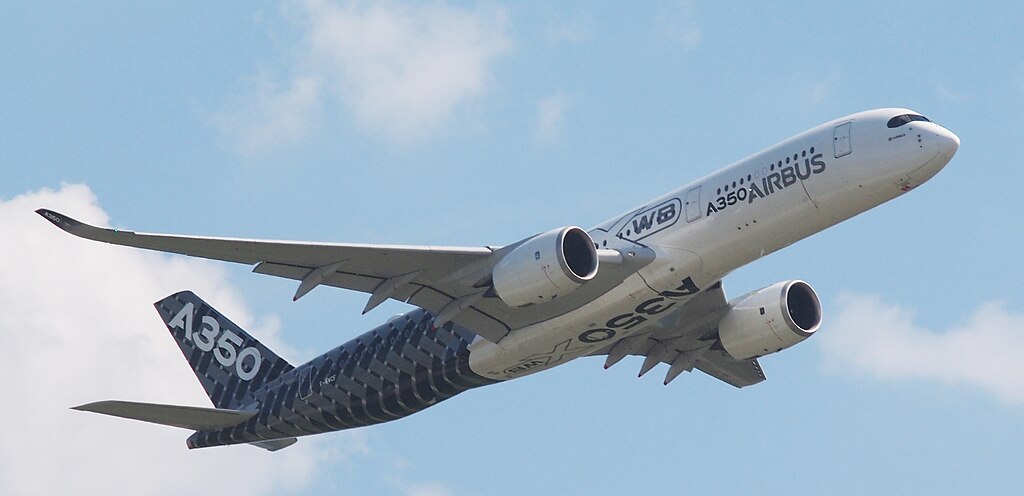
Photo: Leo067|wikimedia commons
The Airbus built for Singapore Airlines A350-900ULR is long distance covering wide-body aircraft. It can fly at a maximum speed of 9,700 nautical miles (18,000 km), and covers a 9,537 miles journey between Singapore (SIN) and New York (JFK) in just over eighteen hours – the longest non-stop flight in operation.

photo: Aero Icarus from Zürich, Switzerland |Wikimedia Commons
Widebody aircraft are used by airlines for high-capacity long-haul flights. The CF6 engine for the Airbus A330, the GEnx engine for the Boeing 787/747-8, and the GE9X engine for the Boeing 777X, the biggest and most potent commercial engine, all depend on MTU Aero engines.
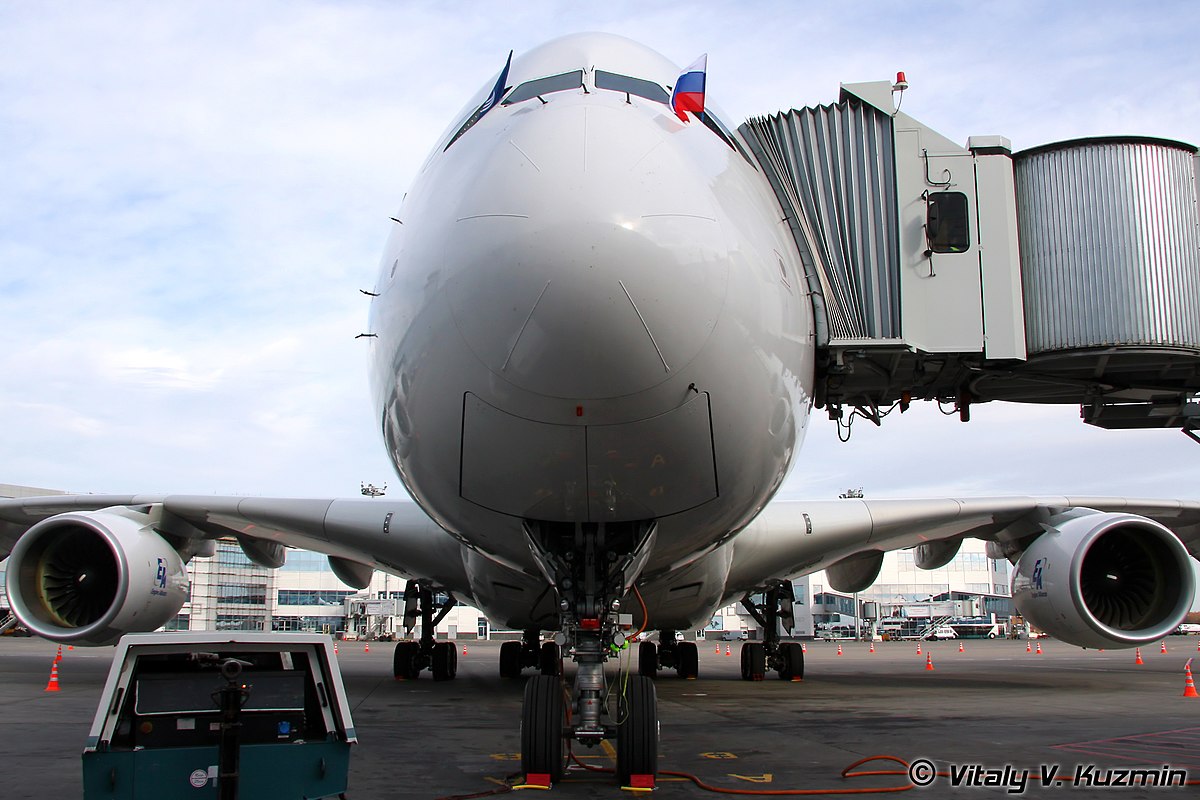
Photo: Vitaly V.Kuzmin/ Wikimedia Commons
Large wide-body aircraft like the B777 or A330 as well as smaller regional jets like the E170 can be accommodated by a jet bridge, which is an enclosed ramp that connects an airport gate to an aircraft door.
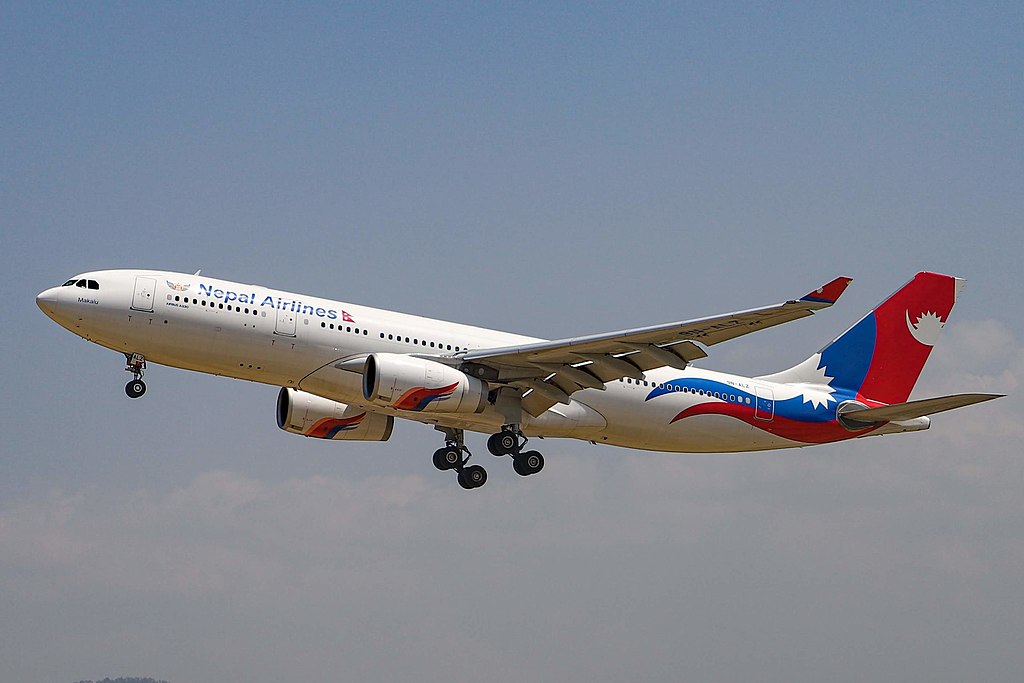
Photo:TMLN123|Wikimedia commons
Nepal, the nation with the most dangerous STOLport in the world- Lukla Airport, was recently mired in a corruption scandal worth millions of rupees during the purchase of two Airbus A330 widebody aircraft for NAC. One of the companies involved in the case violated anti-corruption laws, with $24 million in illegal profits.
